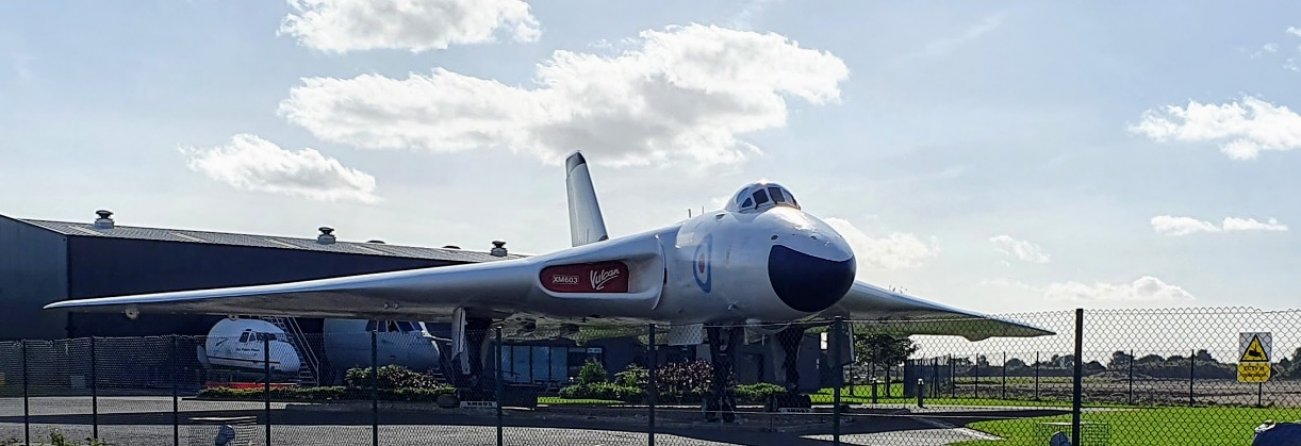Meet Britain’s Bomber-Killing Bomber that Wasn't Meant to Be
David Axe
Bombers, Eurasia

In 1976, the British Royal Air Force had a problem.
Here's What You Need to Remember: The British Royal Air Force needed a warplane with enough range to patrol the vast Atlantic—and enough payload to haul long-range, bomber-killing missiles.
In 1976, the British Royal Air Force had a problem. In the event of war, Soviet Backfire bombers flying from Europe could have devastated resupply convoys sailing from the United States to Europe.
The RAF needed a warplane with enough range to patrol the vast Atlantic—and enough payload to haul long-range, bomber-killing missiles.
Plane-maker Hawker Siddeley suggested adding 12 U.S.-made Phoenix missiles to the Avro Vulcan bomber. The addition would have required extensive modifications to the Vulcan’s radar.
In any event, the RAF dropped the idea. To defeat the Backfires, the U.S. Navy deployed carrier-based F-14 fighters armed with Phoenixes.

The Vulcan “fighter” wasn’t the only air-to-air version of a heavy bomber. In 2004, Boeing proposed to build a new model of the B-1 bomber that would have been compatible with AIM-120 air-to-air missiles.
Around the same time, there were rumors of plans to add Kh-31 anti-radar missiles to Russian Backfire bombers in order to transform them into specialized hunters of enemy radar early-warning planes.
David Axe served as Defense Editor of the National Interest. He is the author of the graphic novels War Fix, War Is Boring and Machete Squad.
This article is being republished due to reader interest. It originally appeared at War is Boring.
Image: Wikimedia Commons.

